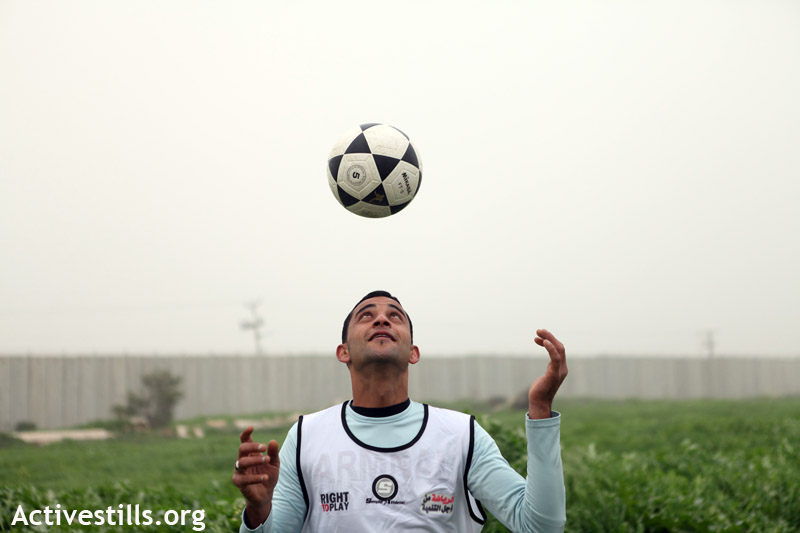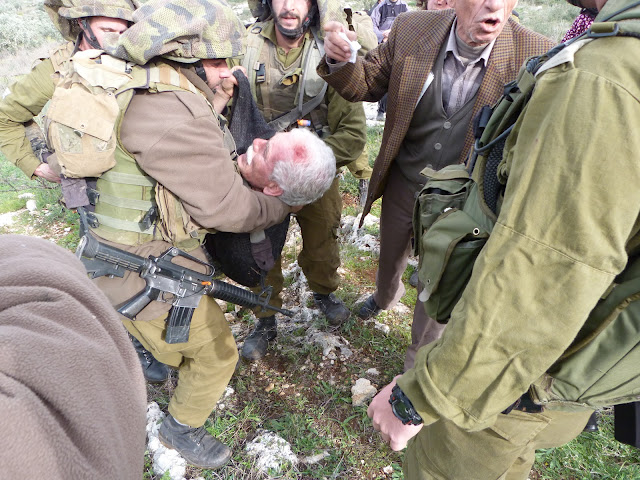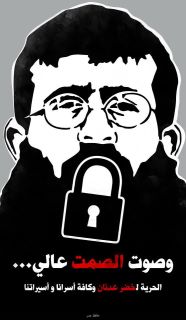-
Entering the deadly zone, demonstration in front of Erez
7 February 2012 | Chroniques de Palestine Since 2008, demonstrations are organized in front of Erez in Beit Hanoun. This is in defiance of the “no go zone” imposed unilaterally by the Israelis. Any person who approaches the Green Line is under risk of being shot at. In fact many farmers; or rubble collectors have […]
-
In Photos: Settlers and Israeli military violently steal land in Kufr Qaddoum
6 February 2012 | International Solidarity Movement, West Bank On February 5 the residents of Kufr Qaddoum noticed several soldiers and illegal settlers on their lands who were plotting how to illegally seize land from the village. Upon arrival, International Solidarity Movement received word that indeed the colonizers were planning an action to seize land […]
-
Take action for hunger striking Palestinian Prisoner Khader Adnan!
6 February 2012 | Samidoun – Palestinian Prisoner Solidarity Network Khader Adnan, an imprisoned Palestinian activist held under administrative detention, has engaged in an open-ended hunger strike since December 17, 2012. Now at fifty days into his hunger strike, he is facing severe health consequences and has been moved to a hospital, continuing to refuse […]
Action Alert An Nabi Saleh Apartheid Wall Arrests BDS Bethlehem Bil'in Cast Lead Demonstration Denial of Entry Ethnic Cleansing Farmers Gaza Global Actions Hebron House Demolition International law Israeli Army Jerusalem Live Ammunition Nablus Ni'lin Prisoner Ramallah Rubber-coated steel bullets Settlement Settlers Settler violence Tear-Gas Canister Video



